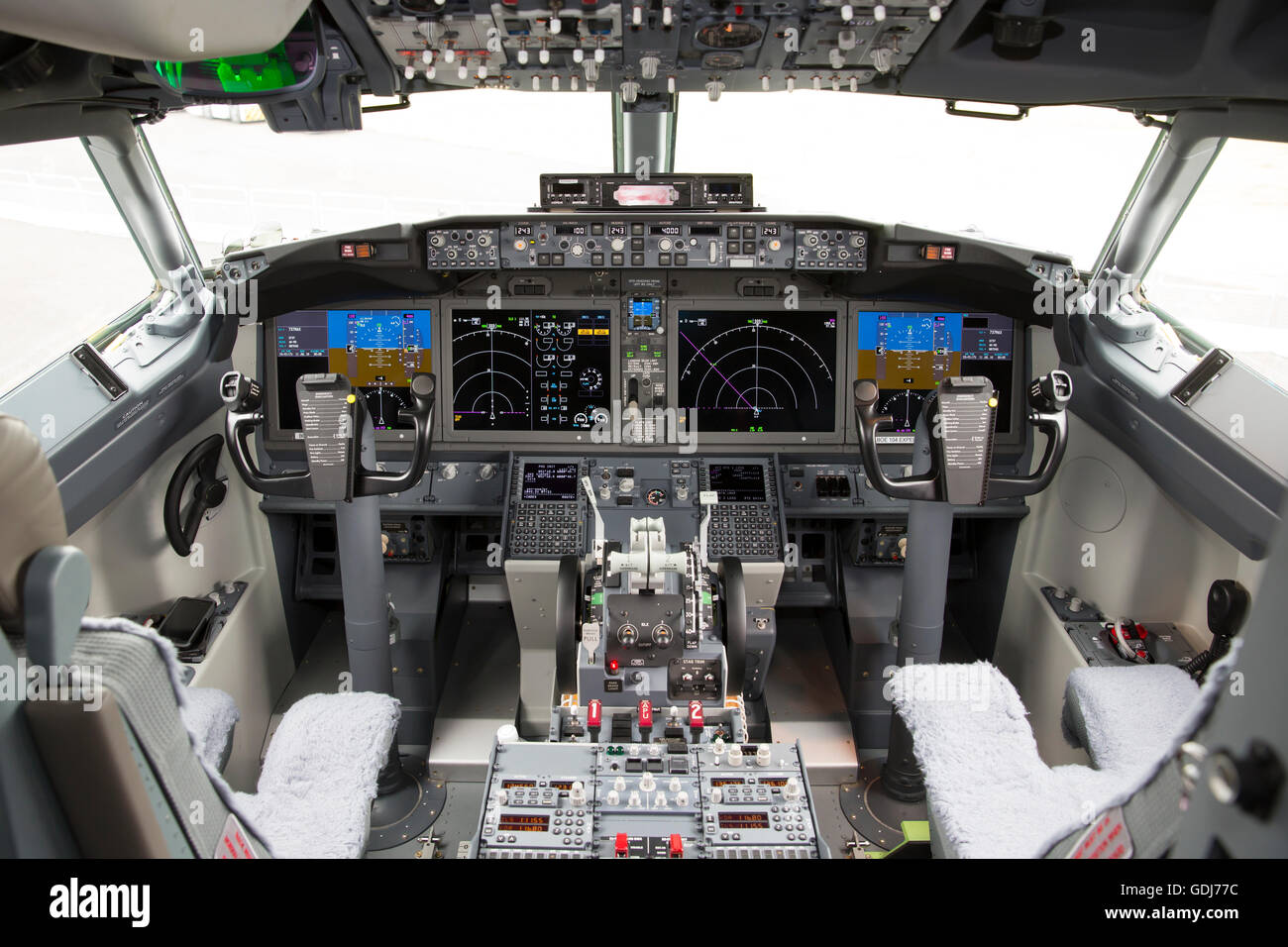
Boeing issued a short statement saying it would work with FAA in reviewing Thursday's recommendations. production facility in Renton, Wash., on April 7. In the Lion Air and Ethiopian Airlines crashes, they said, the pilots' control columns would have shaken to warn of an impending stall. They would have also gotten several visual and sound alerts about things like altitude and speed.Ī 737 Max jet is parked near single engine planes at the airport adjacent to a Boeing Co. They said Boeing failed to consider that an underlying problem like sensor failures - which triggered MCAS in both Max crashes - would set off several alarms. Failed to consider all possible triggers for anti-stall softwareīoeing presented highly-trained test pilots only with a single alert indicating a condition known as runaway stabilizer trim, which can be triggered by the MCAS anti-stall system, safety board officials said. Federal regulations allow manufacturers to make such assumptions, and Boeing even used test pilots in flight simulators to check its assumptions. The safety board said Boeing assumed that pilots flying the Max would respond to an automated nose-down push by taking "immediate and appropriate" steps. Preliminary reports have pointed to an anti-stall system that kicked in based on faulty sensor readings and pushed the noses of the planes down.īoeing officials have said the pilots didn't follow known procedures for stopping a sudden nose-down pitch or, in the case of the Ethiopian crash, followed the procedures only briefly. It will be up to investigators in Indonesia and Ethiopia to determine what caused the accidents in those countries.

The National Transportation Safety Board issued several recommendations Thursday after taking part in investigations into two crashes of Boeing 737 Max jets that killed 346 people.

They suggest that Boeing underestimated the time it takes - measured in precious seconds - for pilots to diagnose and react when they are being bombarded by multiple, cascading warning alerts. Federal safety officials say Boeing should consider how cockpit confusion can slow the response of pilots who are dealing with the kind of problem that likely caused two airliners to crash in the past year.


 0 kommentar(er)
0 kommentar(er)
